Autism vs. Asperger's

Exploring the Evolution and Features of Autism Spectrum Conditions
The landscape of neurodevelopmental diagnoses has evolved significantly over the past century. From early observations to modern classifications, understanding Autism Spectrum Disorder (ASD) and Asperger's syndrome reveals much about how we interpret social, communicative, and behavioral differences. This article delves into the historical context, diagnostic criteria, neurobiological underpinnings, and supporting tools that distinguish and connect these conditions, providing clarity amid ongoing debates and societal shifts.
Historical Development of Autism and Asperger's Syndrome
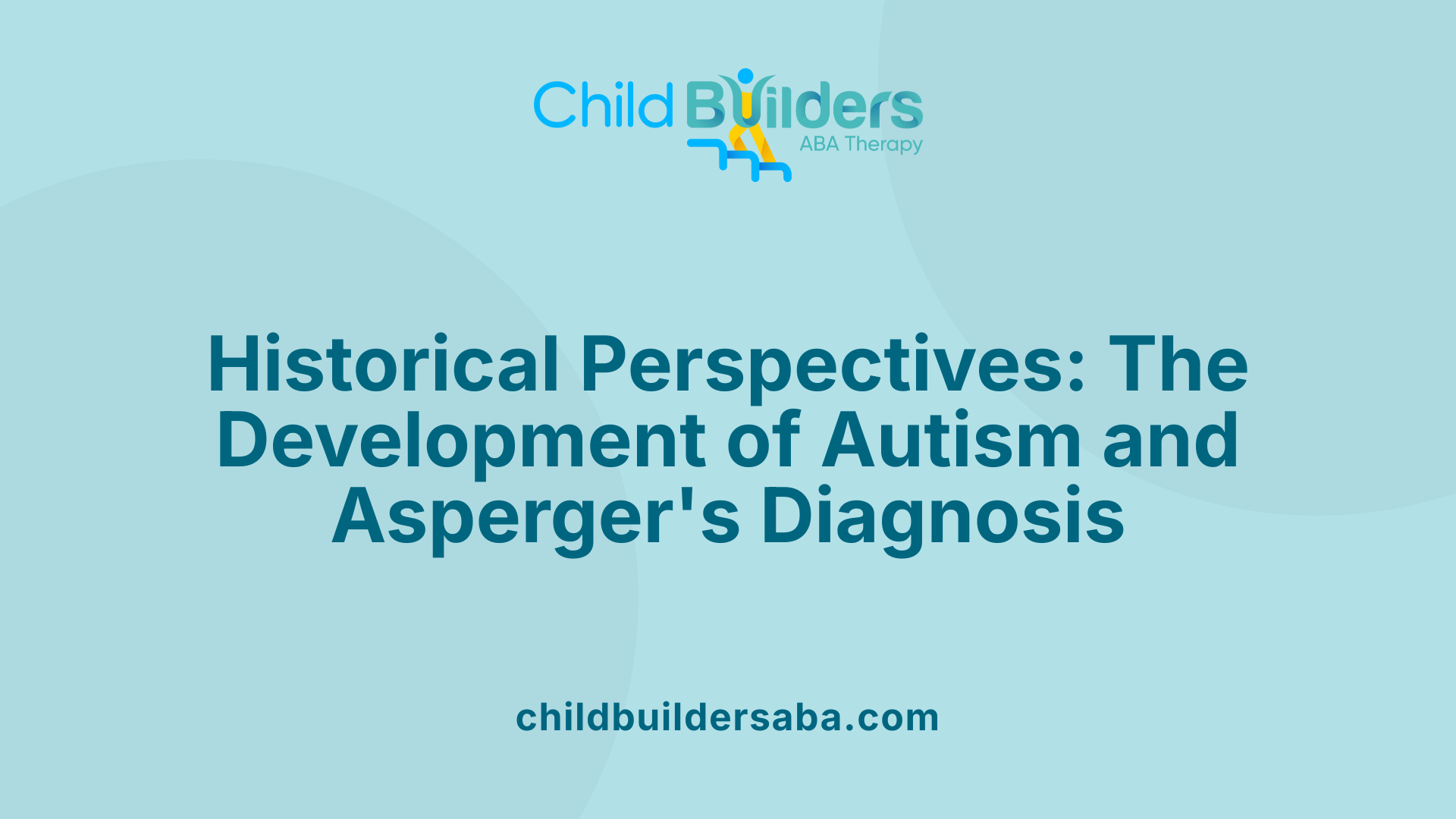
Origins of autism diagnosis
Autism was first recognized as a distinct condition in the early 1940s. The pioneering work was done by Leo Kanner in 1943, who described a unique set of behaviors in children that he called 'early infantile autism.' These children exhibited profound social withdrawal, communication difficulties, and repetitive behaviors. Initially, autism was considered a separate disorder with a spectrum of severity.
Introduction of Asperger's syndrome
In 1944, Hans Asperger observed a group of children who shared some features with autism but generally had better verbal skills and milder social challenges. He described these children as having a pattern of social difficulties, intense interests, and fewer repetitive behaviors, often without significant cognitive delays. The term 'Asperger's syndrome' was popularized in the 1980s and included in the DSM-IV in 1994 as a separate diagnosis.
Evolution into ASD in DSM-5
For many years, clinicians distinguished Asperger's syndrome from autism based on severity, language development, and cognitive functioning. However, these distinctions proved difficult to apply consistently, and the understanding that these conditions exist on a continuum grew stronger. In 2013, the DSM-5 was published, reclassifying Asperger's syndrome as part of Autism Spectrum Disorder (ASD). This consolidation aimed to better reflect the broad range of symptoms and severities seen in individuals previously diagnosed with Asperger's or autism.
| Aspect | Before DSM-5 | After DSM-5 | Notes |
|---|---|---|---|
| Classification | Separate diagnoses for autism and Asperger’s | Single spectrum diagnosis, ASD | Reflects unified understanding and clinical spectrum |
| Key features | Asperger’s: milder, no language delays; Autism: broader, more severe | Range of severity levels, all under ASD | Focuses on support needs and individual strengths |
| Diagnostic categories | DSM-IV and ICD-10 | DSM-5 and ICD-11 | Consistency with current diagnostic frameworks |
Today, the classification emphasizes individual differences within a spectrum, reducing the distinctions that once separated Asperger's from broader autism diagnoses. Although the term 'Asperger's' is no longer officially used in diagnosis, many individuals still identify with the term, maintaining its cultural and personal significance.
From Distinct Entities to a Unified Spectrum
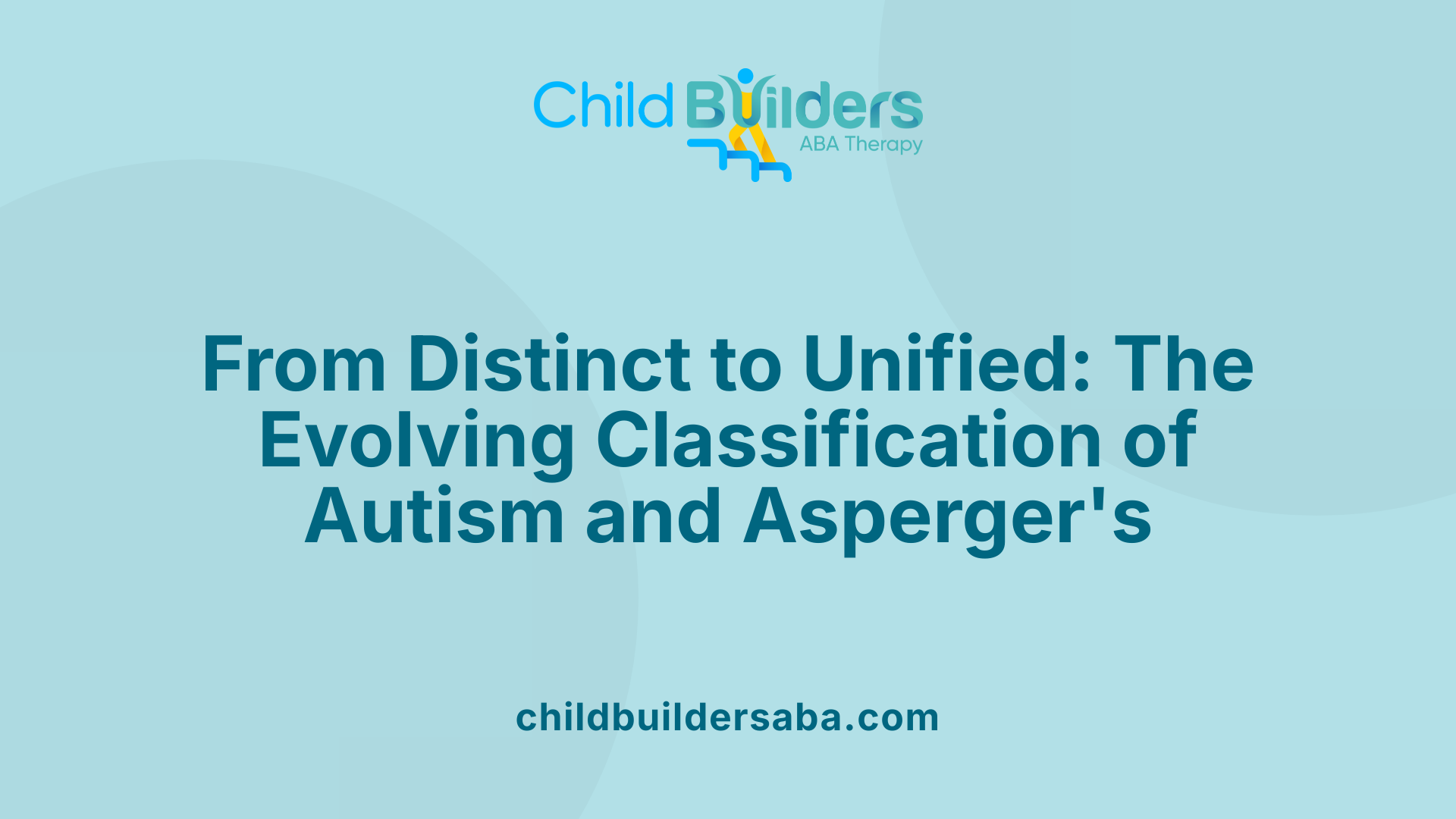
How are Autism and Asperger's syndrome classified historically and in current diagnostic systems?
Initially, Autism and Asperger's syndrome were categorized as separate diagnoses. Autism, first described by Leo Kanner in 1943, was recognized as a disorder with significant challenges in social interaction, communication, and behavior, often accompanied by language delays and varying cognitive abilities. Asperger's syndrome, named after Hans Asperger in 1944, was characterized by milder symptoms, good language skills, and above-average intelligence, particularly with difficulties in social engagement and intense, narrow interests.
Throughout the late 20th century, diagnostic manuals like DSM-IV included Asperger's as a distinct condition under Pervasive Developmental Disorders, emphasizing its differences from classic autism. Clinicians often noted that individuals with Asperger’s displayed less severe impairments and higher functioning levels.
However, the landscape shifted in 2013 with the publication of DSM-5. This manual reclassified these conditions under a single umbrella called Autism Spectrum Disorder (ASD). This change reflected a deeper understanding that autism and Asperger's are part of a continuum rather than entirely separate disorders. Consequently, the specific diagnosis of Asperger's syndrome was retired, and individuals are now diagnosed with ASD, with levels indicating the support needed.
This unified approach aims to encompass the wide variety of symptoms and severities seen in individuals previously diagnosed with Asperger’s or autism. It recognizes the fluid nature of neurodevelopmental conditions, emphasizing that differences are more about severity than fundamentally separate disorders.
Overall, the classification has evolved from multiple distinct diagnoses to a broad spectrum model, aligning with current research showing significant overlap and continuity among these conditions.
Shared and Distinct Neurobiological Features
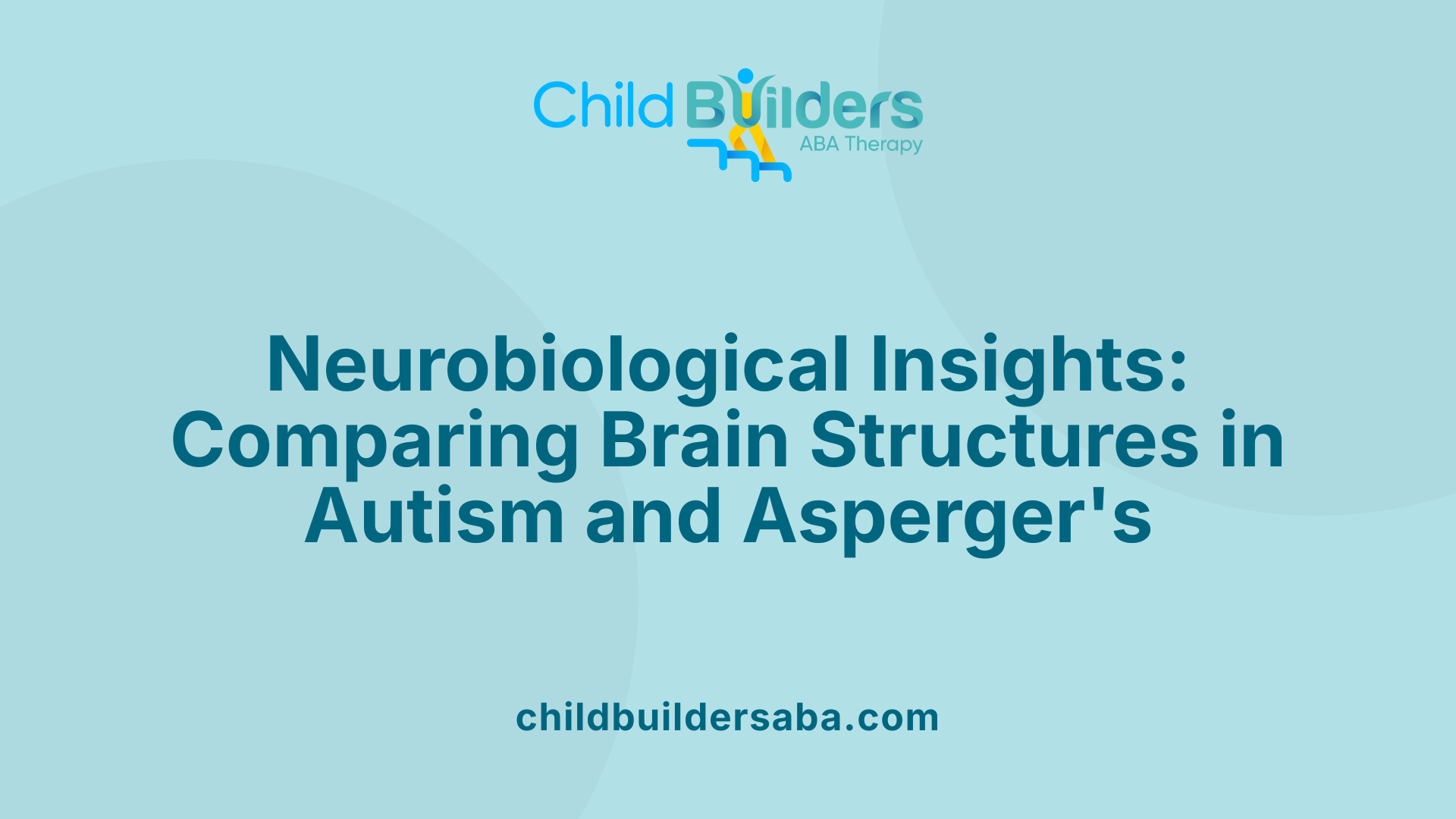 Research into the brain structures of individuals with autism spectrum disorder (ASD), including those who would have previously been diagnosed with Asperger’s syndrome, reveals some important differences. Brain imaging studies, such as MRI analyses, have shed light on how neuroanatomical variations underpin these conditions.
Research into the brain structures of individuals with autism spectrum disorder (ASD), including those who would have previously been diagnosed with Asperger’s syndrome, reveals some important differences. Brain imaging studies, such as MRI analyses, have shed light on how neuroanatomical variations underpin these conditions.
In general, people with ASD tend to show reduced grey matter volume in specific regions, such as the cerebellum, right uncus, dorsal hippocampus, and middle temporal gyrus. Conversely, they often have increased grey matter volumes in areas like the caudate, prefrontal cortex, and ventral temporal lobes. These differences reflect the broad range of symptoms and behaviors seen in ASD, from communication challenges to repetitive behaviors.
For individuals previously diagnosed with Asperger’s, brain structure studies have highlighted some unique patterns. One notable finding is lower grey matter volume in the bilateral amygdala/hippocampal regions, prefrontal areas, and the left occipital gyrus. There are also reductions in the right cerebellum, putamen, and precuneus. Interestingly, some regions such as the bilateral inferior parietal lobule and the left fusiform gyrus exhibit greater grey matter volume, indicating regional diversity.
Both ASD and Asperger’s show increased volume in certain clusters of the ventral temporal lobe of the left hemisphere. However, the patterns of structural differences in Asperger’s are often sparser and more regionally specific compared to broader autism, suggesting these neuroanatomical variations are not merely milder forms of each other.
Implications of these differences are significant for understanding the neurobiological basis of ASD. They support the idea that Asperger’s syndrome involves particular brain regions that distinguish it from other forms of autism. Recognizing these patterns aids in refining diagnosis, understanding individual differences, and potentially guiding targeted interventions.
To explore neurobiological differences further, researchers utilize tools such as MRI scans combined with advanced analyses, which evaluate grey matter volume and regional brain connectivity. These insights contribute to a more nuanced view of how structural brain features relate to behaviors associated with the autism spectrum.
Tools for identifying ASD and Asperger’s:
- Early screening checklists like the M-CHAT-R and SACS-R for children.
- Questionnaires such as the Autism Spectrum Quotient (AQ) and Adult Asperger Assessment (AAA) for older individuals.
- Follow-up detailed assessments like the ADOS and ADI-R, which involve structured observations and developmental history.
While screening tools are helpful in initial detection, an accurate diagnosis of ASD, including former Asperger’s cases, depends on a comprehensive evaluation by qualified specialists, integrating behavioral observations and developmental background.
Symptomatology and Diagnostic Criteria
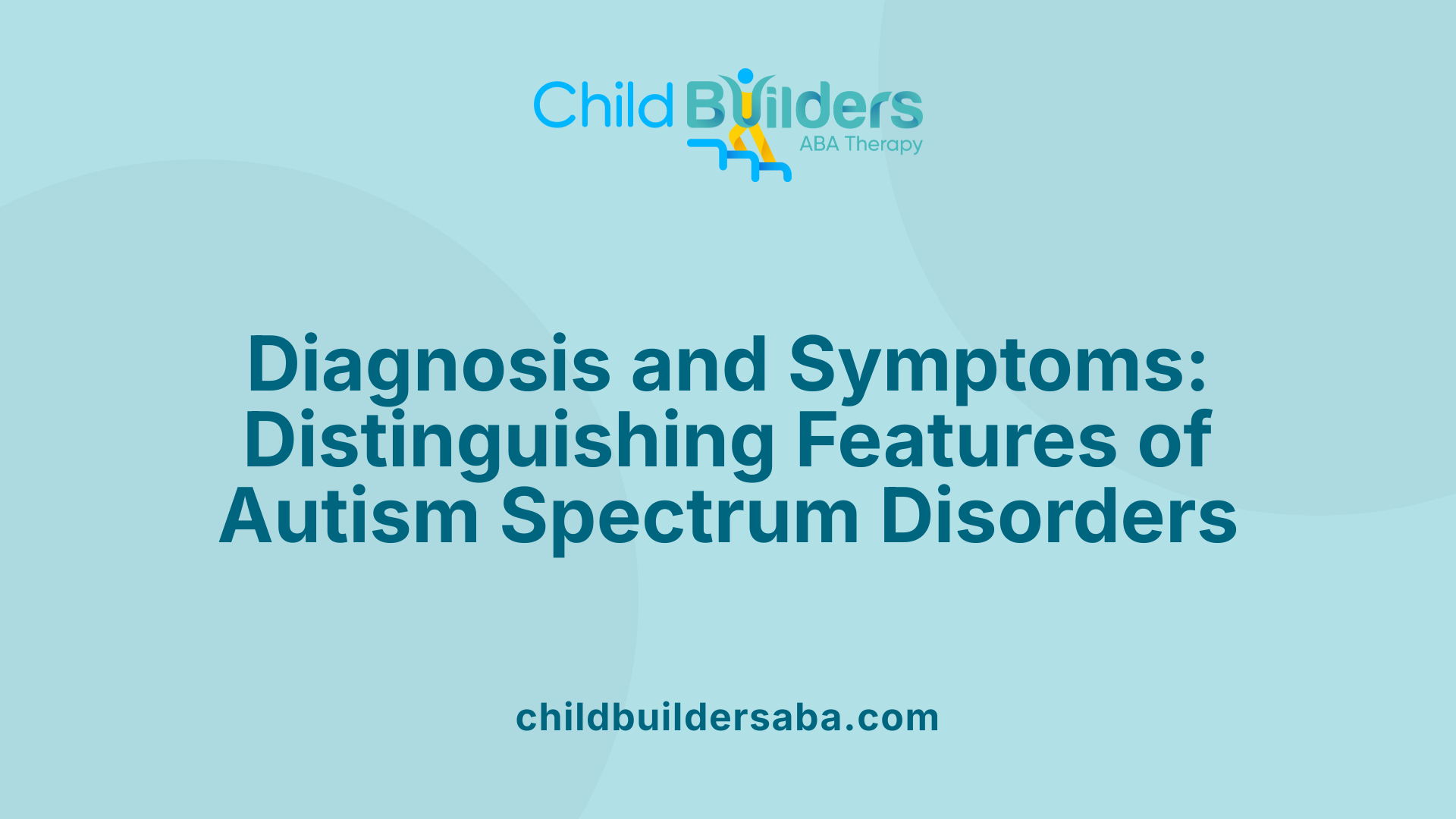
What are the common diagnostic criteria and symptoms used to differentiate Autism Spectrum Disorder from Asperger's syndrome?
The diagnosis of Autism Spectrum Disorder (ASD) today relies on a set of criteria outlined in the DSM-5, which was introduced in 2013. These criteria focus on persistent challenges in social communication and interaction, as well as the presence of restricted, repetitive patterns of behavior, interests, or activities.
In terms of social communication, individuals with ASD often experience difficulties in engaging in back-and-forth conversations, understanding social cues, and forming relationships appropriate to their developmental level. They might also show nonverbal communication issues, such as limited eye contact or facial expressions.
Restricted and repetitive behaviors include stereotyped movements like hand-flapping, adherence to strict routines, highly focused interests, and sensory sensitivities. The severity of these symptoms varies greatly among individuals.
The DSM-5 classifies ASD severity into three levels based on the amount of support needed:
| Severity Level | Support Required | Description |
|---|---|---|
| Level 1 | Requiring support | Difficulties initiating social interactions, but able to speak and communicate effectively. |
| Level 2 | Requiring substantial support | Marked deficits in social communication; behavioral issues are more noticeable. |
| Level 3 | Requiring very substantial support | Severe deficits that severely impair functioning, with highly inflexible behaviors. |
Historically, Asperger's syndrome was considered a separate diagnosis mainly because individuals did not show significant language delay or cognitive impairment. Most with Asperger’s have language skills and intelligence within typical ranges, which often makes their social difficulties less apparent but nonetheless impactful.
People with Asperger's are usually classified as Level 1 ASD today, characterized by social challenges primarily due to understanding social norms, rather than language or cognitive delays.
Understanding the differences in language development and intellectual functioning is central. Those with Asperger's tend to have average or above-average intelligence with early language development, assisting them in passing as neurotypical in many situations.
Overall, while both ASD and Asperger’s share core features of social difficulties and repetitive behaviors, the key diagnostic distinctions historically centered on language and cognitive development. The move to a spectrum diagnosis reflects a broader and more inclusive understanding, recognizing the wide range of abilities and support needs among individuals.
Neurodiversity, Identity, and Support Structures
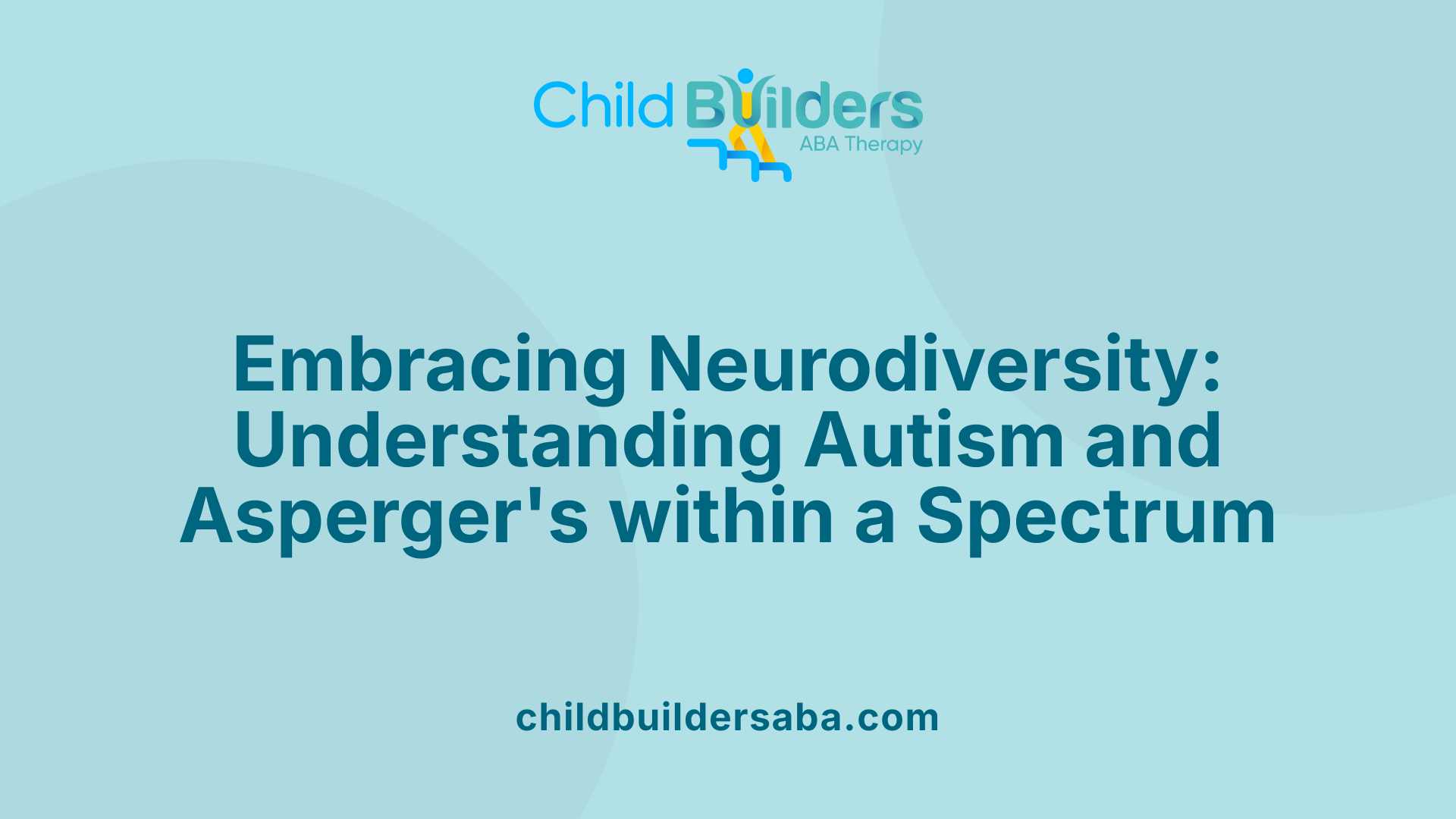
Do high-functioning autism and Asperger's syndrome refer to the same spectrum of functioning?
High-functioning autism (HFA) and Asperger’s syndrome are often discussed together because they share many characteristics. Both are associated with individuals who typically have average or above-average intelligence, and usually do not experience significant delays in language development. Their main challenges often lie in social interactions, communication nuances, and adapting to social cues.
Historically, Asperger’s syndrome was viewed as a milder form of autism, distinguished by the absence of language delays and generally diagnosed later in life. It was identified by Hans Asperger in 1944 and categorized separately in diagnostic manuals like the DSM-IV. However, with the publication of the DSM-5 in 2013, Asperger’s syndrome was officially absorbed into the broader diagnosis of autism spectrum disorder (ASD). This change emphasizes the significant overlap in symptoms and functioning levels.
Today, clinicians consider high-functioning autism and Asperger’s syndrome as points along a continuum. The core differences that once separated them—such as language delays and cognitive impairments—are now understood as variations within a single spectrum.
In essence, what was previously called Asperger’s syndrome is generally regarded as equivalent to what is now classified as level 1 ASD, meaning individuals can often manage daily activities with minimal support. The consensus affirms that both conditions are part of a broad neurodiverse spectrum, highlighting the importance of tailored support based on individual needs rather than rigid diagnostic labels.
Moving Toward Greater Understanding and Acceptance
The distinctions between autism and Asperger's syndrome have blurred over time, especially with the adoption of the spectrum model in diagnostic systems. While the historical nomenclature and neurobiological research offered some differences, contemporary understanding emphasizes the diversity of presentations within ASD. Recognizing individual strengths and challenges, alongside the importance of early diagnosis and personalized support, enables better societal inclusion and improved quality of life for those on the spectrum. As research continues to advance, societal acceptance grows, fostering a more inclusive outlook on neurodiversity.
References
- Asperger's vs. Autism: What's the Difference?
- What is the difference between Asperger's syndrome and autism?
- Asperger syndrome (Asperger's) - National Autistic Society
- What is the difference between autism and Asperger's?
- Asperger's vs. Autism: What's the Difference? - Healthline
- Asperger syndrome | Autism Speaks
- Can Asperger syndrome be distinguished from autism? An anatomic ...
- Difference Between Autism and Aspergers Syndrome



.jpg)

































































































